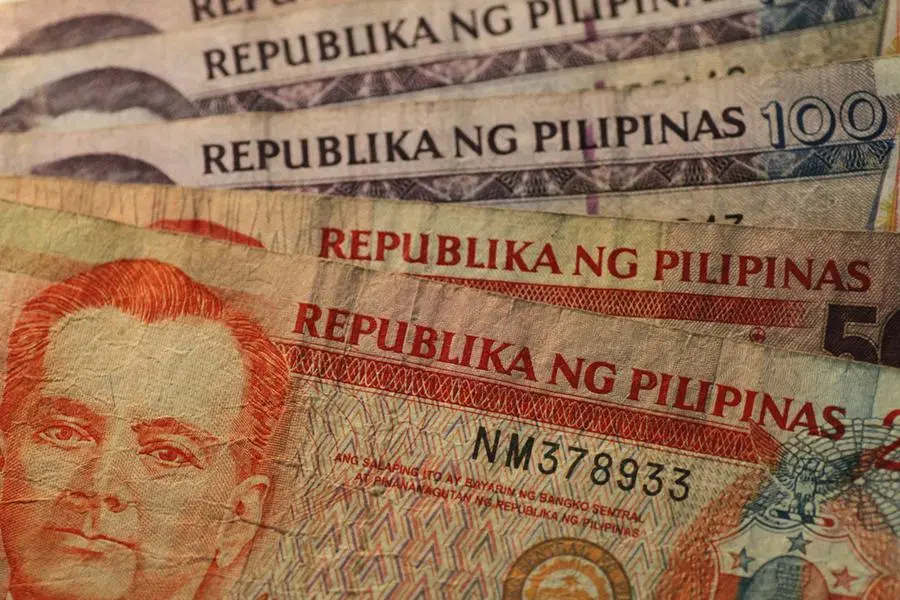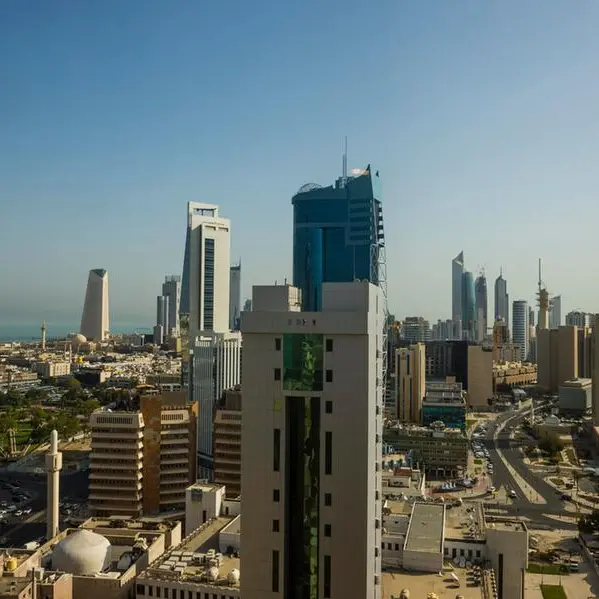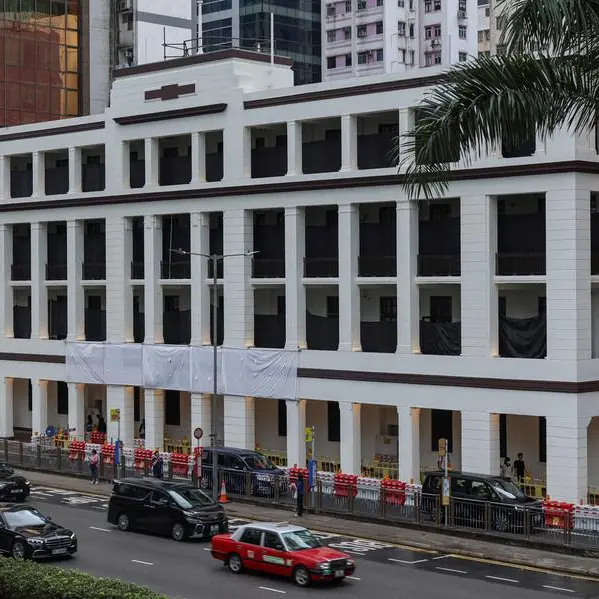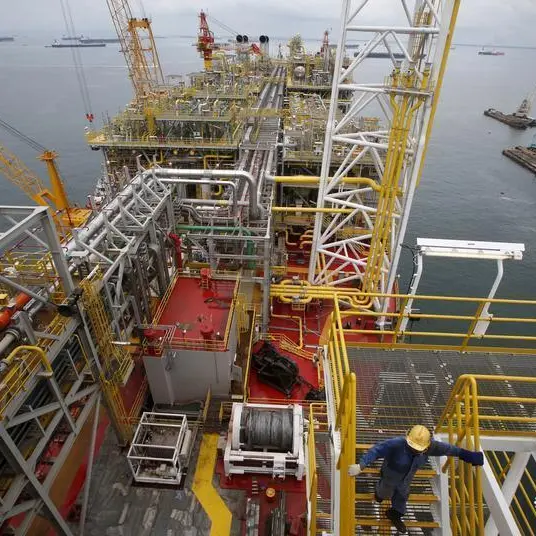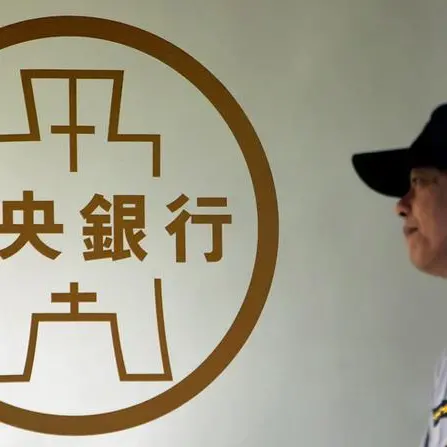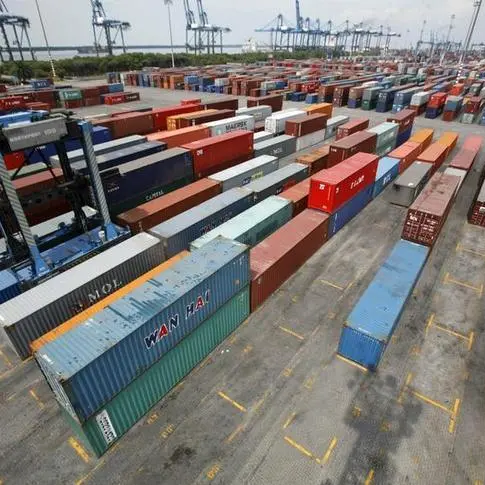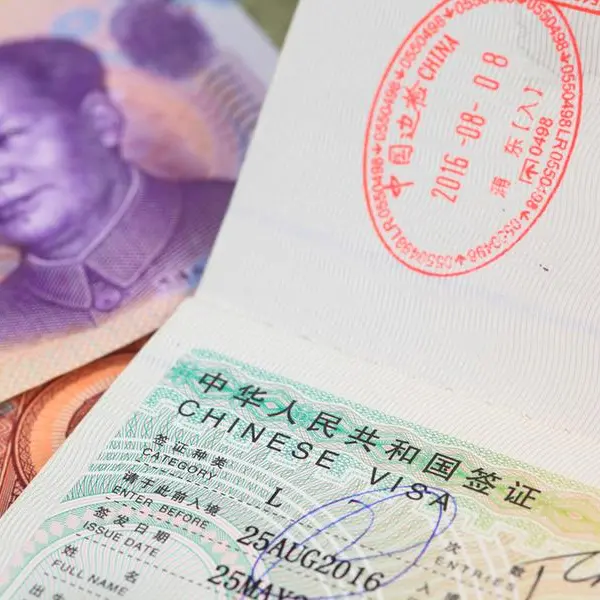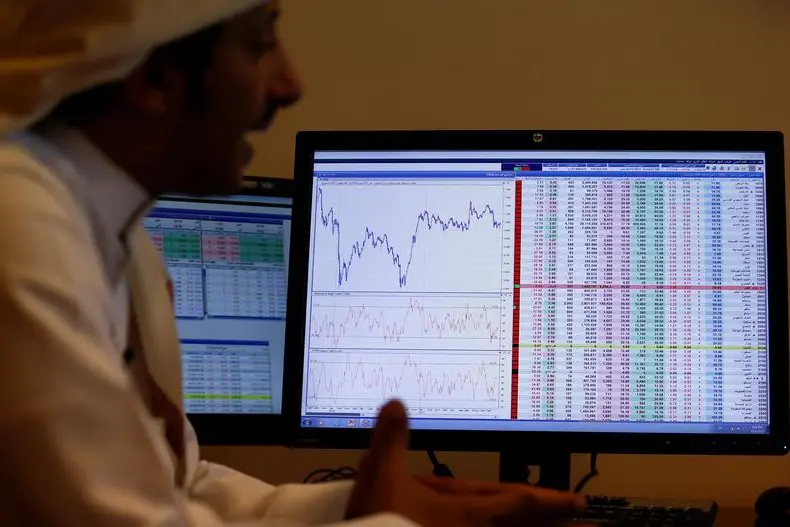PHOTO
Money from Philippines. Getty Images Image for illustrative purpose.
The country's balance of payments (BOP) position swung to a deficit of $148 million in April, a reversal of the $1.27-billion surplus recorded in March, as the national government settled more foreign currency debt obligations.
The Bangko Sentral ng Pilipinas (BSP) said the BOP shortfall in April was 64.3 percent lower than the $415 million recorded in the same month last year.
'The BOP deficit in April reflected outflows arising mainly from the national government's payments of its foreign currency debt obligations,' the BSP said in a statement.
The BOP is the difference in total values between payments into and out of the country over a period.
A deficit means more dollars flowed out from the country to pay for the importation of more goods, services and capital than what flowed in from exports, remittances from overseas Filipino workers (OFWs), business process outsourcing (BPO) earnings and tourism receipts.
Notwithstanding the deficit in April, the BSP said the cumulative BOP position registered a surplus of $3.3 billion in the first four months of the year or almost 42 times the $79 million surplus recorded in the same period last year.
'Based on preliminary data, the cumulative BOP surplus reflected inflows that stemmed mainly from personal remittances, net foreign borrowings by the national government, and foreign direct investment,' the BSP said.
In January, the new administration tapped the international debt market for the second time since President Marcos assumed office in June last year.
The Philippines issued $3 billion worth of global bonds payable in 5.5, 10.5 and 25 years despite rising interest rates amid the aggressive rate hikes delivered by global central banks led by the US Federal Reserve to tame inflation.
Latest data showed that personal remittances from OFWs grew by three percent to $8.9 billion in the first quarter from $8.65 billion in the same period last year.
Of the amount, cash remittances coursed through banks also increased by three percent to $8 billion from $7.77 billion.
Likewise, foreign direct investments zoomed to their highest level in 14 moths, hitting $1.05 billion in February from $926 million in the same month last year.
The increase, however, was not enough to offset the decline in January, resulting in a 14.6-percent drop to $1.49 billion in the first two months of the year from $1.75 billion in the same period last year.
The BSP said its gross international reserves (GIR) level stood at $101.8 billion in April, slightly up from $101.5 billion in March, equivalent to 7.6 months' worth of imports of goods and payments of services and primary income. The buffer is also six times the country's short-term external debt.
The Philippines booked an all-time high $7.26-billion BOP deficit last year, reversing the $1.35-billion surplus in 2021, as elevated global commodity prices brought about by geopolitical tensions further widened the gap between imports and exports.
For this year, the BSP is now looking at a smaller BOP deficit of $1.6 billion or 0.4 percent of gross domestic product from $5.4 billion or 1.3 percent of GDP.
It is expected to further narrow to $500 million or 0.1 percent of GDP in 2024.
On the other hand, the central bank raised the projected GIR level to $100 billion from $93 billion this year and to $102 billion next year.
Copyright © 2022 PhilSTAR Daily, Inc Provided by SyndiGate Media Inc. (Syndigate.info).
